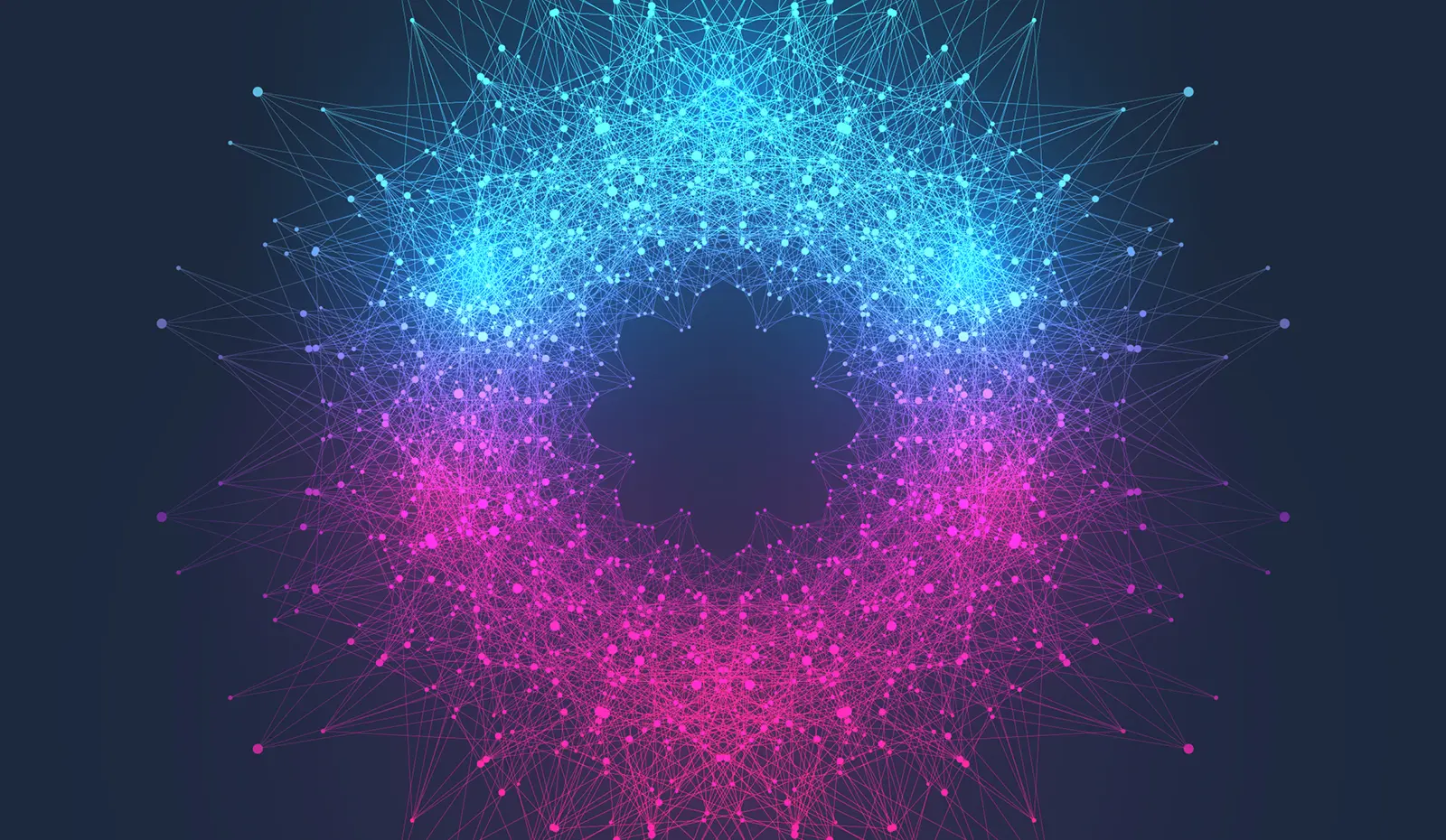Why AI will never replace creative design
Artificial intelligence (AI) has made tremendous advancements in recent years and has been applied to many different industries, including the world of creative design.
While AI has the potential to automate many tasks and make the design process faster and more efficient, there are several reasons why it will never replace creative design.
Lack of imagination and creativity
One of the biggest challenges facing AI in creative design is its lack of imagination and creativity. While AI can analyze data and make predictions based on that data, it can’t create something new and imaginative on its own. AI relies on pre-existing data to make decisions, and it can only create designs based on what it has seen before. This limits its ability to come up with truly unique and creative designs.
Lack of emotional connection
Creative design is about more than just creating aesthetically pleasing images and graphics. It’s also about connecting with the target audience on an emotional level. Good creative design elicits an emotional response from the viewer, whether it’s excitement, joy, sadness, or another emotion. AI, however, is not capable of understanding or creating emotional connections, as it is limited to its programming and data sets.
Lack of personal touch
Another reason why AI will never replace creative design is its lack of a personal touch. Creative design is a human endeavor that involves personal expression and style. Each designer brings their own perspective and approach to their work, which results in unique and original designs. AI, on the other hand, can only produce designs based on the data and algorithms it has been programmed with, which limits its ability to create truly original designs.
Limited adaptability
AI is limited in its ability to adapt to changing design trends and styles. While AI can analyze data and make predictions based on that data, it’s not capable of adapting to new styles and trends in real-time. This means that AI-generated designs may quickly become outdated, whereas a human designer can stay current and adapt to changing trends.
Lack of context
Design is all about context. A design that works well in one context may not be suitable in another. AI lacks the ability to understand context, as it is limited to its programming and data sets. This means that AI-generated designs may not be appropriate for a specific audience or situation, whereas a human designer can take context into account and create designs that are tailored to specific audiences and situations.
In conclusion, while AI has made great strides in the field of design, it will never replace creative design. AI lacks the imagination, creativity, emotional connection, personal touch, adaptability, and context that are necessary for truly great creative design. The role of the creative designer will always be vital, as they bring their own unique perspectives, ideas, and emotions to the design process. AI can certainly augment the design process and make it faster and more efficient, but it will never replace the human element that is so critical to great creative design

